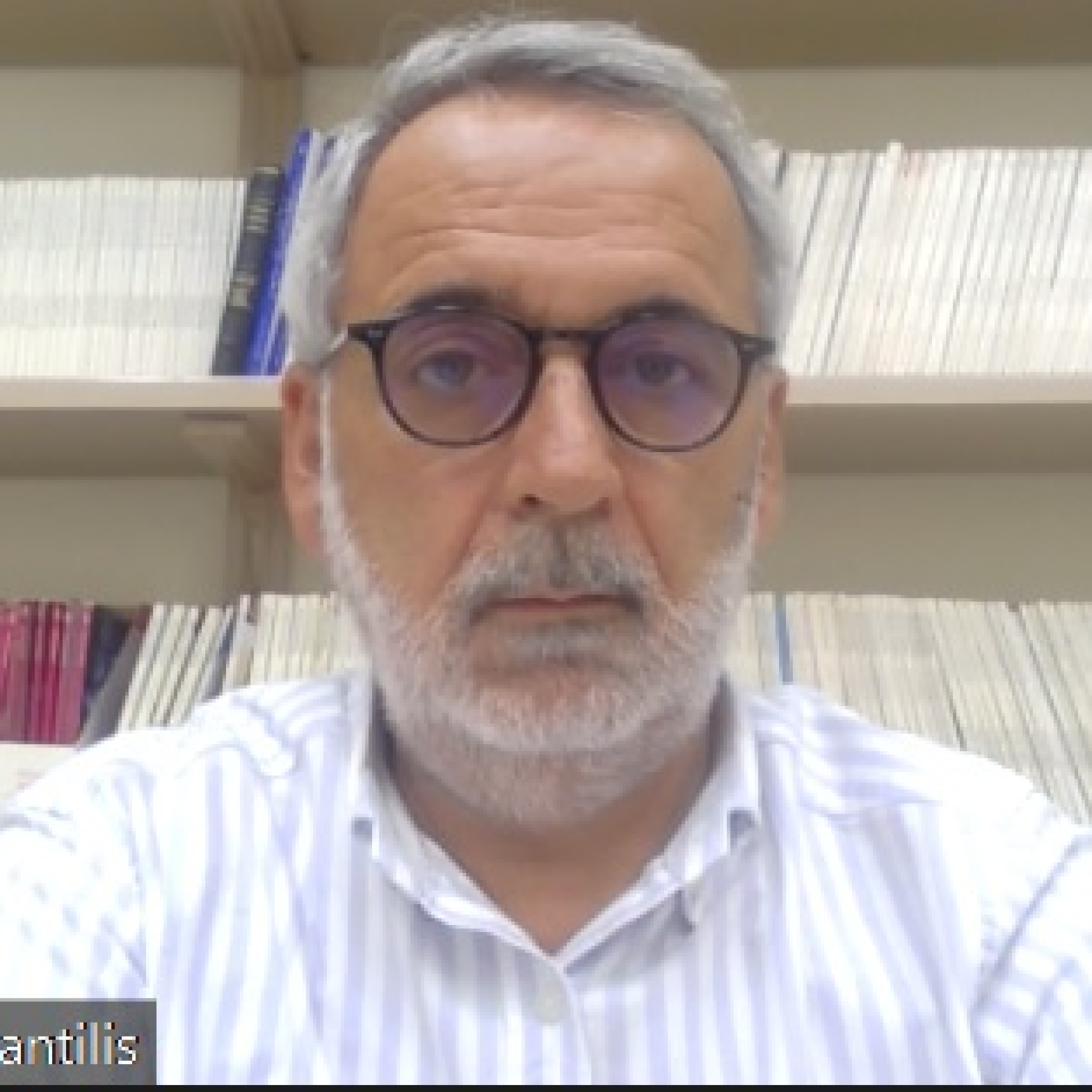The objective of the Instrumental Analysis course is to acquaint the students with the modern methods of instrumental chemical analysis at a theoretical and practical level. More specifically in the theoretical courses, emphasis is placed on the principle of each method, on its organization, on the interpretation of the provided graphs or spectra, as well as on the processing of the results for qualitative and quantitative measurements. Particular emphasis is placed at the end on the choice of method/or methods for solving specific analytical practical problems from research or from industrial practice.
The objective of laboratory exercises is to familiarize students with the organization and applications of Instrumental Analysis Methods (which are usually used in research laboratories, in public or private control laboratories). At the same time, laboratory exercises are aimed to:
At the same time as the previous ones, students are trained in writing laboratory reports.


